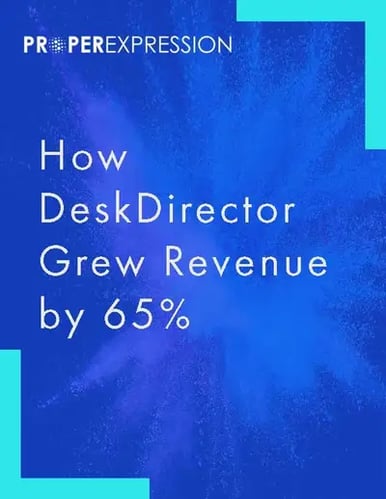Published on:
Growth, Revenue and Marketing
Reflections, interviews and tips for growth marketers everywhere.
Read Our Growth Marketing Case Studies
Interested in discovering how we put these growth marketing tips and tricks into action? Read our growth marketing case studies for insight into how we have helped companies in the B2B SaaS, healthcare, & e-commerce spaces drive revenue & achieve their growth marketing goals.













.webp?width=400&height=517&name=medium%20(1).webp)



